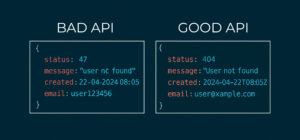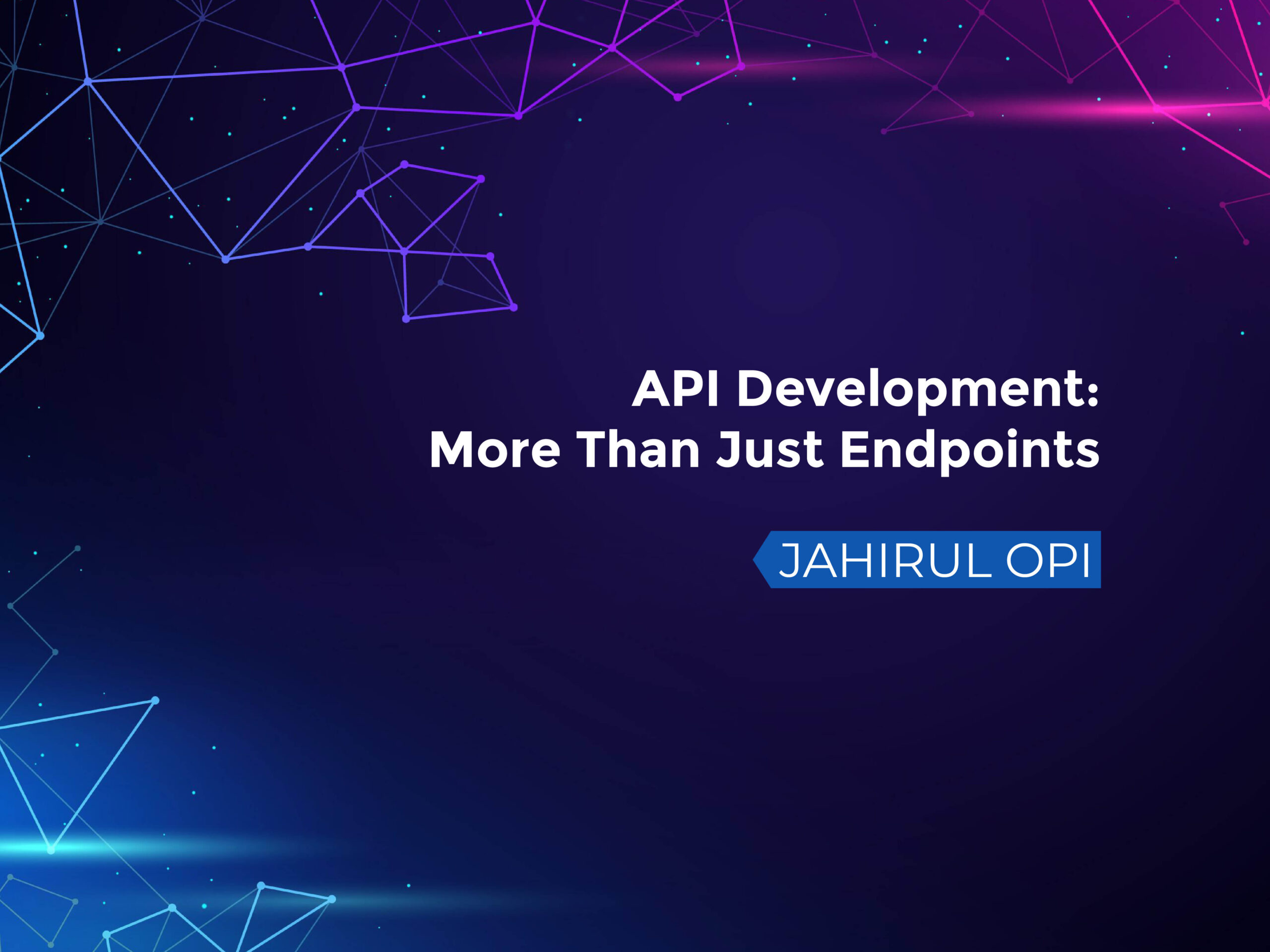In today’s interconnected software landscape, API development isn’t just a backend task—it’s a design decision, a contract, and a promise. Whether you’re building for mobile apps, internal microservices, or global third-party integrations, how you design and deliver your APIs defines how others will experience your system.
Let’s take a step back and reflect on what thoughtful API development really means—and why it matters far beyond the code.
APIs Are the Language of Modern Software
APIs (Application Programming Interfaces) are how systems talk to each other. They’re not just about CRUD operations—they’re about:
- Exposing meaningful functionality
- Enabling smooth integration
- Empowering teams to build on top of your platform
A well-crafted API turns internal complexity into external clarity. A poorly designed one? It becomes a barrier, a source of friction, and often, a bottleneck.
Designing APIs Is Designing User Experience
We often associate UX (User Experience) with front-end design—buttons, layout, animations. But when it comes to APIs, the developer is the user, and your API is the interface.
Great APIs don’t just work. They:
- Feel intuitive to explore
- Make common tasks easy
- Offer helpful errors and consistent responses
- Reduce the need for documentation
A developer using your API should never have to guess. They should be able to predict how it behaves based on good naming, consistent structure, and clarity of purpose. That’s UX thinking applied to code.

It’s Not Just About Security and Logic
Yes—APIs must be secure, and the logic must be solid. But security and logic are baseline expectations, not the full story.
Too often, developers get caught up in:
- “Is the JWT token valid?”
- “Did we sanitize the input?”
- “Is the data being persisted correctly?”
These are all essential, but they don’t make an API great.
What makes it great is:
- Can someone new onboard quickly?
- Can your frontend team work with it without back-and-forth?
- Does it fail gracefully?
- Can it evolve without breaking consumers?
In short, a well-designed API is not only safe and functional—it’s a joy to use.
Component Reusability in API Design
Just like in front-end development, reusability is gold in API design.
- Are your response formats consistent across endpoints?
- Can your consumers expect similar patterns for filtering, pagination, and error handling?
- Do you repeat logic across microservices that could be abstracted into shared internal APIs?
Designing composable, reusable API patterns helps scale your system and your developer experience.
APIs Enable Velocity (or Kill It)
Thoughtful APIs act as enablers:
- Frontend developers can build UIs in parallel with backend mocks.
- Internal teams can integrate features without waiting on Slack replies.
- External partners can expand your ecosystem without needing walkthrough calls.
But poorly designed APIs? They force developers to dig through docs, inspect logs, ask for help, and write ugly workarounds.
In fast-moving teams, a bad API doesn’t just delay a task—it slows down innovation.
API Design Involves Real Trade-Offs
Every good API comes from conscious trade-offs, not autopilot development.
| Decision | Trade-off |
| REST vs GraphQL | Simplicity vs Flexibility |
| Versioning | Stability vs Innovation |
| Granular endpoints vs aggregated ones | Performance vs Simplicity |
| Strict schemas vs dynamic responses | Predictability vs Adaptability |
There’s no perfect answer, but thoughtful design recognizes the balance between developer happiness, security, and system integrity.
Conclusion
API development is an act of empathy.
You’re not just creating endpoints—you’re building a bridge between systems, and more importantly, between people. Designing a great API means thinking beyond status codes and payloads. It means asking: “How does this feel for the next person who uses it?”
Yes, security matters. Yes, logic must be airtight. But the real magic happens when your API is secure, functional, and delightful to use.
Because at the end of the day, a good API doesn’t just power software—it enables people to build faster, smarter, and with confidence.



